Botox Vs. Fillers: Which One Is Good For Your Skin?
Knowing the difference between anti-aging treatments helps you to pick the right one.
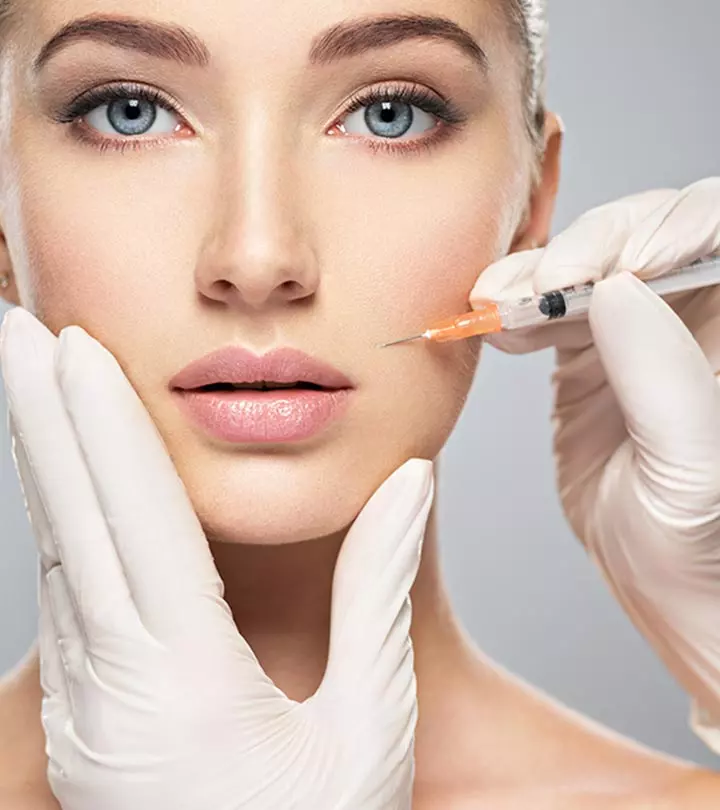
Image: Shutterstock
Botox vs. fillers: Which one is best for you?
Injectables have become extremely popular in recent years. While most of us are familiar with the method of Botox and how it works, few are familiar with fillers. Botox and fillers are the two cosmetic treatments injected to reduce wrinkles and other signs of aging. They both cause minimal easily tolerated pain and have the potential to produce long-term outcomes. Their similarities, however, cease there. The usage, efficacy, adverse effects, and (of course) the expense of these two injectables are all different. Knowing the difference can assist you in determining which option is best for you.
In this article, we will go over the pros and cons of each of these anti-aging treatments, as well as the differences between Botox and fillers. Then, we’ll dig into the finer points of each one’s pricing, pain, durability, and more to determine which one you should choose. Keep reading!
In This Article
Botox Vs. Fillers: Which One Is Better For You?
Injectable facial fillers and botulinum toxin (Botox) injectable solutions are some of the trending anti-aging solutions in the cosmetic world. They address the loss of volume in the skin due to aging. Today, they are among the most favored lines of anti-aging treatment as they are minimally invasive cosmetic procedures (1)

While Botox and fillers are both minimally invasive techniques, there is quite a significant difference between the two. While it is common knowledge that both Botox and fillers help treat wrinkles on the face, the added benefits of both treatments make them more suitable for some people than others.
Deciding which one is better for you may not be an easy task as it depends on which area of the face you want to get treated. The use of preventative botox injections can help reduce the appearance of wrinkles on the face, which makes it an excellent cosmetic treatment. Some of the prominent facial features that can be treated with the help of Botox are smile lines, frown lines, wrinkles around the lips, bands in the neck, forehead lines, and crow’s feet around the eyes (2).
Kayleigh, a skin care and beauty blogger, shared her first Botox experience in her blog. She said, “I had my forehead, outer corners of my eyes & the area in between my brows too. The treatment only took around 10 minutes from start to finish & Carrie injected me around 11-15 times in total – I think! It felt like little pin pricks – not painful at all (i)!” She also added, “My forehead looked amazingly smooth! There were very few wrinkles to begin with, but it really just added a filtered look!”
On the other hand, under-eye fillers can help treat under-eye circles by adding volume under the eyes. Filler can also help enhance the volume of the cheeks, soften laugh lines, and correct lines on the lips (3).
According to a survey report, 15.6 million cosmetic procedures were performed in the United States with the highest being botulinum toxin type a with 4.4 million, followed by soft tissue filler at 3.4 million.
Let us understand the role of Botox and fillers in treating facial concerns to determine which one is the best for you.
Key Takeaways
- Botox and fillers are two cosmetic treatments to minimize wrinkles and other aging indications.
- Fillers fill the gaps where the skin has lost elasticity, volume, or plumpness. In contrast, Botox entails injecting a specific toxin into the skin to prevent any lines and wrinkles from developing further.
- Although Botox and fillers are less invasive procedures, they come with some drawbacks.
What Is Botox?
Botox is prepared using a purified form of botulinum toxin, which can be found in certain bacteria. Even though higher quantities of the toxin can be fatal, Botox uses small and controlled quantities of the toxin for facial treatment.
When Botox is injected into your skin, it blocks the nerve signals in the surrounding muscles (4). Due to this interruption in nerve signals, the impacted muscles relax temporarily. A qualified dermatologist may work on certain lines or wrinkles at this time, either to soften, reduce, or completely eliminate them (5).
 Did You Know?
Did You Know?Now, let’s talk about how Botox works.
How Does Botox Work?
It is to be noted that the effect of Botox can be seen only on those wrinkles that occur due to the movement of muscles. Such wrinkles are known as expression lines, such as those around the nose, between the eyes, around the eyes, and above the eyebrows.
So, if you are wondering how to get rid of frown lines, botox is the answer. It also helps eliminate lines and wrinkles resulting from smiling, squinting, and similar facial expressions. These wrinkles are known as dynamic wrinkles, and Botox treatments are most effective on them (1).
Before you enter a doctor’s clinic for the treatment, here is what you can expect from the treatment:
- Your doctor will inject a specified dose of Botox into the target area using a simple and painless injection. They may apply a numbing cream before the treatment to ease the pain.
- Due to the impact of Botox, the contraction of muscles in that area will be restricted as you perform routine actions like laughing and frowning. Thus, the wrinkles and fine lines there will not deepen.
- The effects of the dose may start kicking in 24 to 72 hours after the treatment, and the results of the Botox injection may last for about 8 to 16 weeks (5). After this duration, you can expect a steady return in normal muscle movement.
Botox comes with its own set of side effects that you must be aware of. Learn more about them in the next section.
Side Effects Of Botox
Although Botox treatments are fairly safe and approved for clinical use, there is a possibility of some side effects, including:
- Mild bruising at the site of injection
- Mild headaches
- Nausea
- Temporary weakness
- Upset stomach
To combat some of these side effects and increase the treatment’s effectiveness, patients may be recommended to remain upright for up to four hours after the treatment and avoid touching the area where the Botox injections were administered (5).
Now, let us get to know everything about fillers for forehead lines and other areas of your face.
What Are Fillers?
Aging can cause the muscles in your face to lose their elasticity, due to which your skin can appear saggy. Treatment with fillers for frown lines and wrinkles can help rejuvenate these spots and make them appear plumper.
Some of the target areas that can be treated using dermal fillers are as follows:
- Fillers for crow’s feet, temples, and under-eye bags that add volume under and around the eyes.
- Line fillers to soften the folds around the mouth that show laugh lines.
- Adding volume to flattened cheeks.
- Correcting vertical lines on lips or making your lips plumper.
- Forehead line fillers are injected under the skin to smoothen out the skin on your forehead.
Today, various dermal fillers are available, giving you the option to opt between natural and synthetic variants. The most common type of fillers is made using hyaluronic acid, a unique substance that can hold water molecules and help your skin appear plumper (3).
Another option available is a calcium hydroxyapatite filler, which contains calcium particles (3). It offers a more lasting solution than hyaluronic acid fillers, the effects of which tend to last for about 6 to 12 months. Lastly, you can also go for a Poly-L-lactic acid filler that uses a synthetic polymer that boosts collagen production under the skin (3). The results of this filler for the forehead and other parts of your face are likely to last for up to 2 years.
 Did You Know?
Did You Know?Check out how dermal fillers work in the next section.
How Does It Work?
There is not much difference between fillers and Botox for wrinkles and frown lines when it comes to their working mechanism. The following steps summarize the procedure involved in administering fillers for forehead wrinkles and other areas of the face:
- After cleaning your skin, the doctor may apply a basic anesthetic before injecting the filler into the target area.
- As the filler penetrates the skin, it fills in the gaps between wrinkles, fine lines, or sunken areas of the face. This will eventually help restore the volume lost on the face.
- Noticeable results can be seen within the first few hours of the treatment, and the results can last anywhere between 6 months to 2 years, depending on the type of filler material used.
Fillers also come with their fair share of side effects that are discussed in the next section (3).
Side Effects Of Fillers
Some of the side effects that can occur due to fillers for frown lines between eyes and other areas of the face include the following (4):
- Itching, skin rashes, and eruptions
- Bruising, bleeding, swelling, and redness
- Skin damage that could cause infection or scarring
- Problems with vision
- Skin discoloration
With this, we conclude our discussion about dermal fillers vs. Botox. It is time to learn about the difference between fillers and Botox. So, scroll down to the next section!
Differences Between Fillers And Botox
Botox targets the muscles on the upper portion of the face, such as the forehead and the eyes. It is a cosmetic procedure that works by freezing the muscles under the skin around these areas by injecting a special toxin. Thus, the creases and facial expressions that would have been formed around these regions slow down and smoothen out in appearance. Treatments like under-eye Botox are quite common today.
On the other hand, fillers use special substances such as hyaluronic acid to fill areas that have lost volume or plumpness (8). Fillers for frown lines around the mouth and cheeks are the most common treatments today. However, forehead fillers and frown line fillers around other areas of the face are also available.
Botox and dermal fillers are minimally invasive cosmetic procedures that treat wrinkles, fine lines, and crowfeet on the forehead and upper part of your face. While Botox injection uses botulinum toxin to freeze the muscles, fillers use hyaluronic acid to fill the gaps between fine lines and wrinkles to give volume to your face. Even though both Botox and dermal fillers are considerably safe methods, you may experience a few side effects such as mild headaches, itching, rashes, bleeding, or swelling. It is recommended that you consult a dermatologist to understand the benefits and risks of each procedure. We hope this article on Botox vs. dermal fillers helped you understand the difference between the two.
Frequently Asked Questions
Do fillers make you age faster?
No, fillers don’t accelerate aging. In fact, they make you look younger. However, because most fillers are not permanent, you may need to keep getting them regularly to continue enjoying their results.
At what age should I get Botox?
You must be at least 18 years old to get Botox. Most medical professionals concur that people in their mid-to-late-20s and early-30s are favorable for preventative Botox therapy.
Get more information about aesthetic enhancements with this insightful video. Learn the distinctions between botox and filler and use expert advice to choose the best option for your skin and requirements.
Personal Experience: Source
StyleCraze's articles are interwoven with authentic personal narratives that provide depth and resonance to our content. Below are the sources of the personal accounts referenced in this article.
(i) My Botox Experiencehttps://kayleighreviews.wordpress.com/2025/06/28/my-botox-experience/
References
Articles on StyleCraze are backed by verified information from peer-reviewed and academic research papers, reputed organizations, research institutions, and medical associations to ensure accuracy and relevance. Read our editorial policy to learn more.
- On The Front Lines: What’s New in Botox and Facial Fillers:
https://www.ncbi.nlm.nih.gov/pmc/articles/PMC6188240/ - Botulinum toxin (Botox) A for reducing the appearance of facial wrinkles: a literature review of clinical use and pharmacological aspect:
https://www.ncbi.nlm.nih.gov/pmc/articles/PMC6489637/ - Dermal fillers: The good the bad and the dangerous:
https://www.health.harvard.edu/blog/dermal-fillers-the-good-the-bad-and-the-dangerous-201907152561 - Botulinum toxin
http://journals.lww.com/ijd/pages/default.aspx - Dermal fillers in aesthetics: an overview of adverse events and treatment approaches:
https://www.ncbi.nlm.nih.gov/pmc/articles/PMC3865975/ - Early development history of Botox (onabotulinumtoxinA)
https://www.ncbi.nlm.nih.gov/pmc/articles/PMC10374179/ - The history of injectable facial fillers
https://pubmed.ncbi.nlm.nih.gov/19415573/ - Hyaluronic acid: A key molecule in skin aging:
https://www.ncbi.nlm.nih.gov/pmc/articles/PMC3583886/
Read full bio of Dr. Nermeen Bedair
Read full bio of Arshiya Syeda
Read full bio of Ramona Sinha
Read full bio of Swathi E







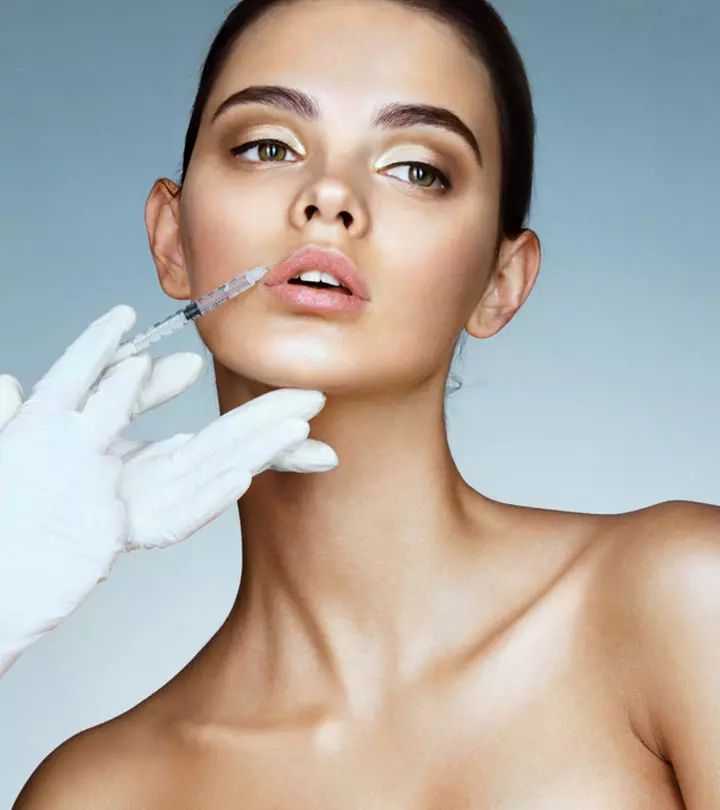


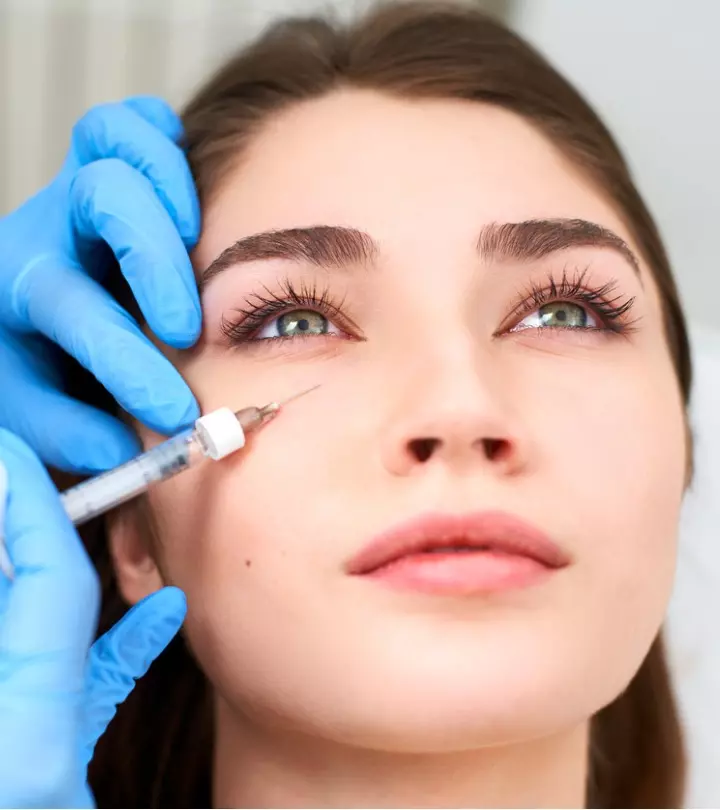
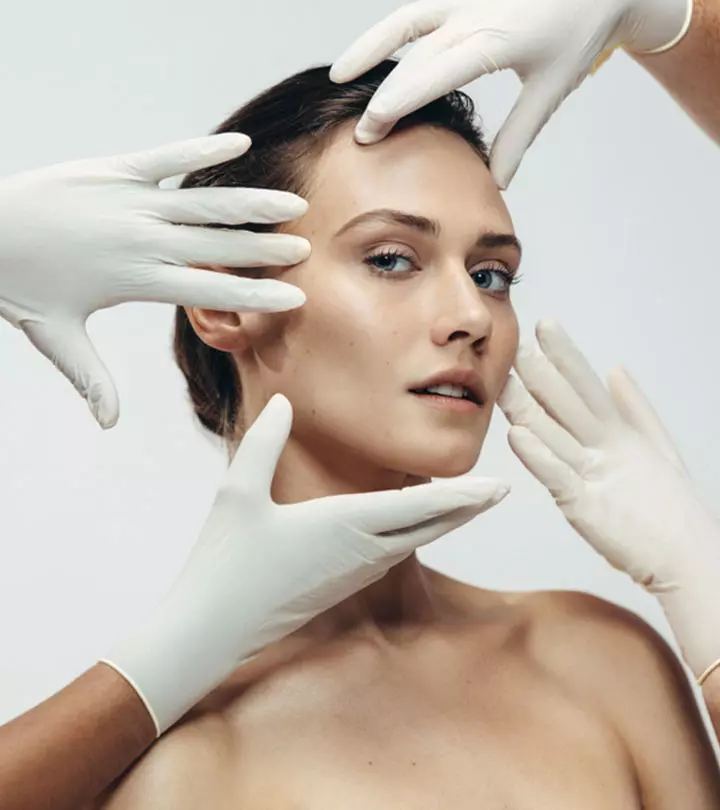
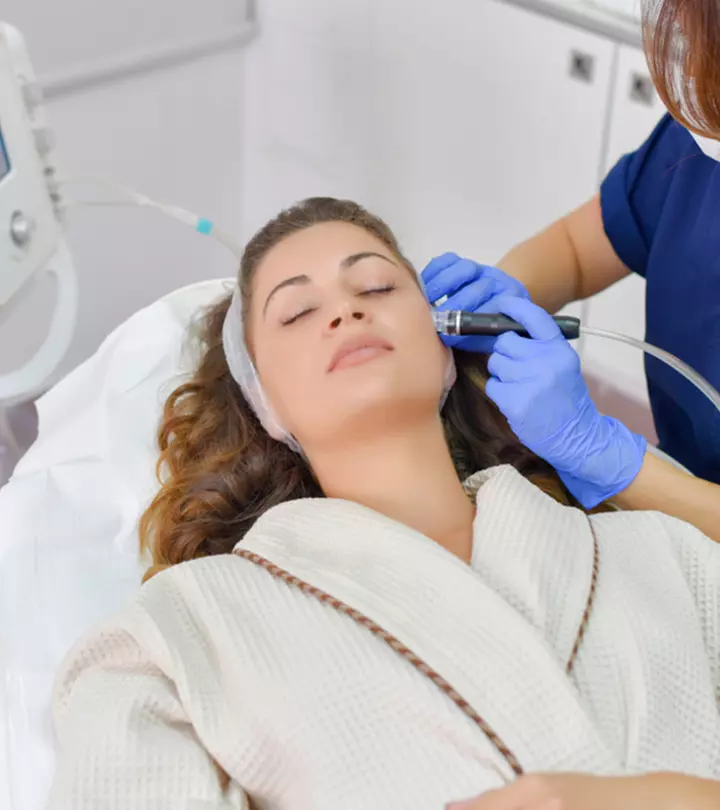
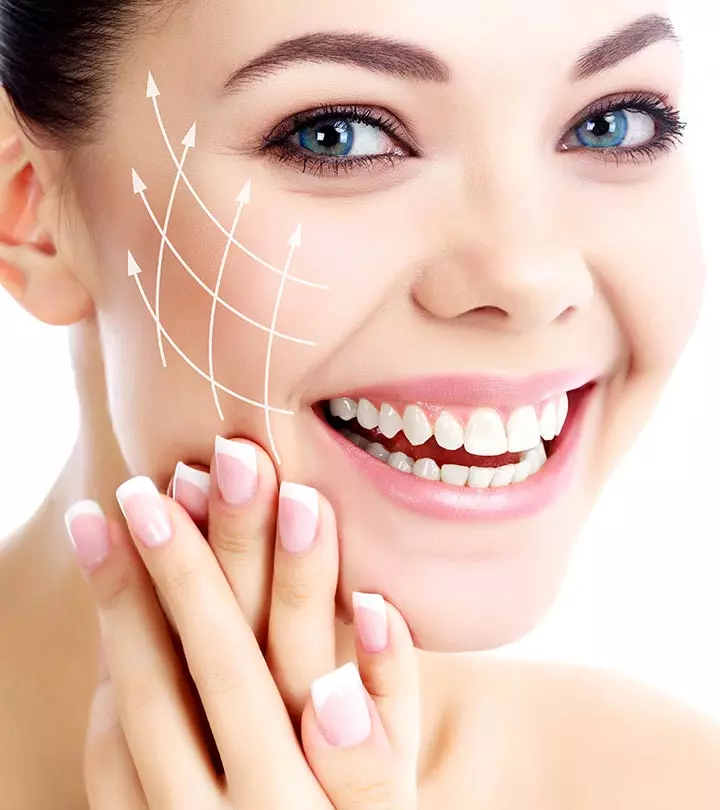
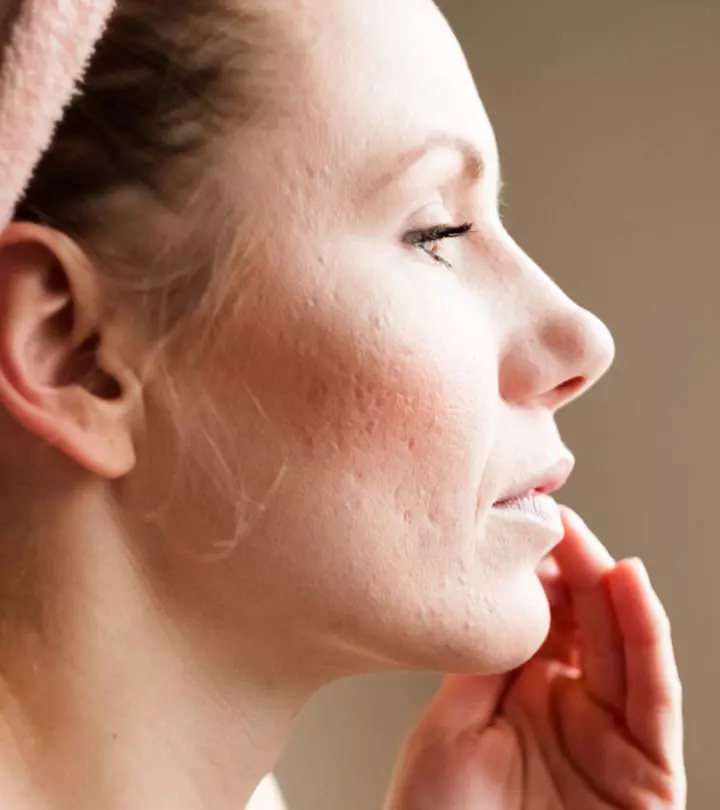

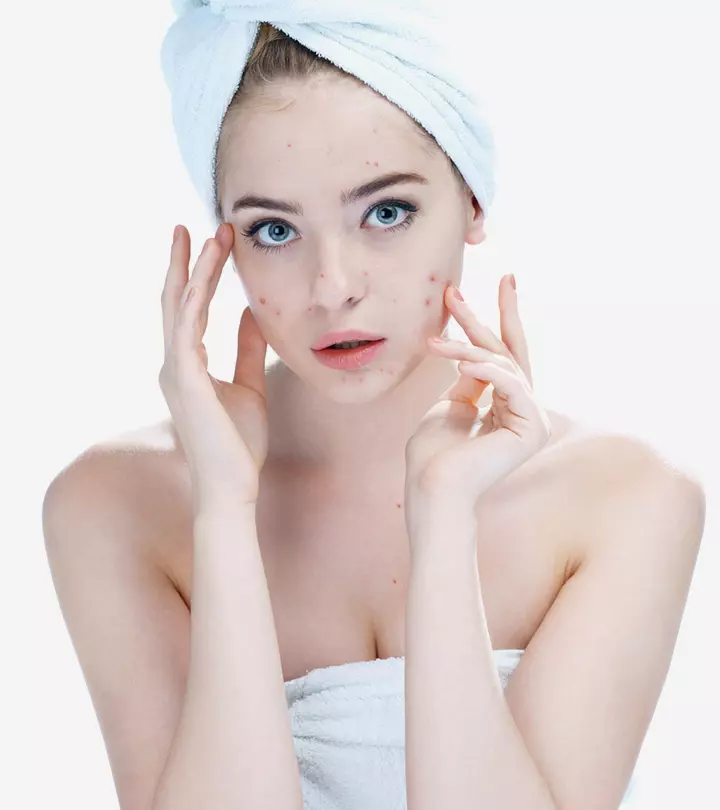

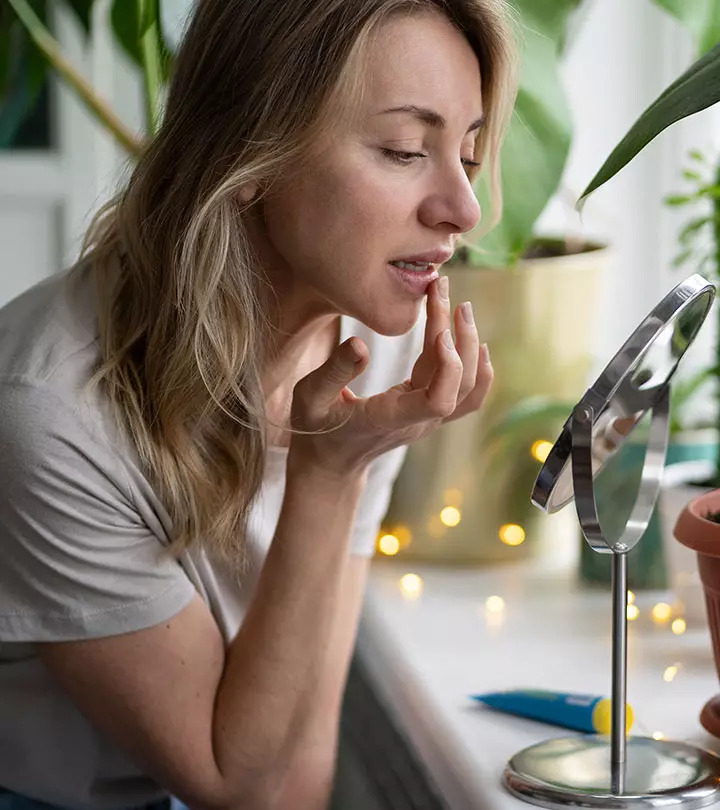

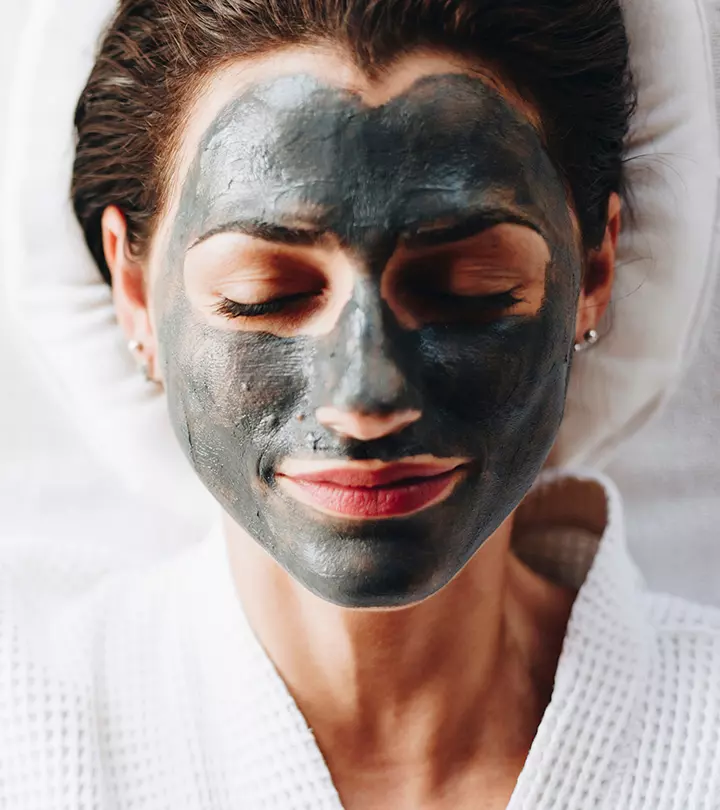


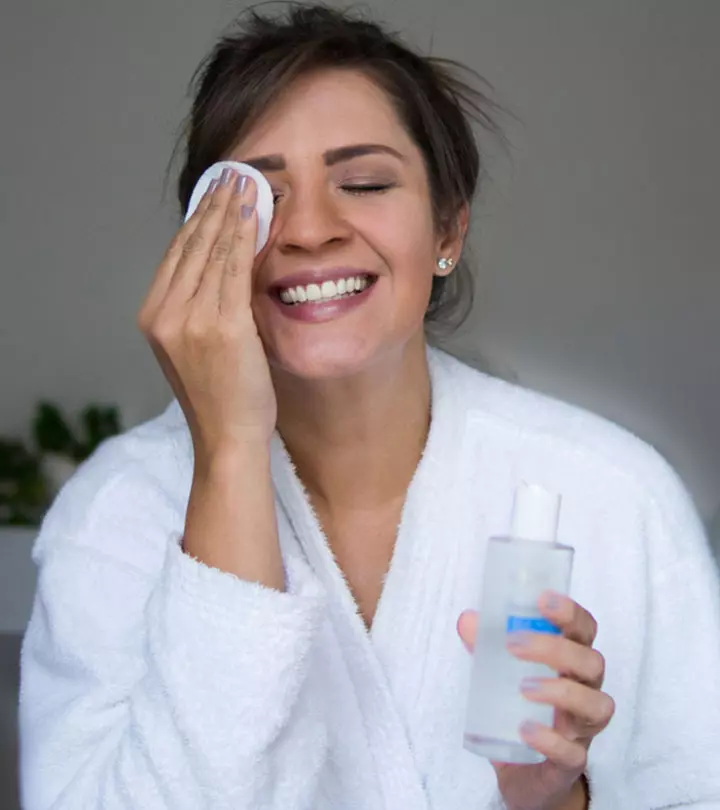


Community Experiences
Join the conversation and become a part of our empowering community! Share your stories, experiences, and insights to connect with other beauty, lifestyle, and health enthusiasts.